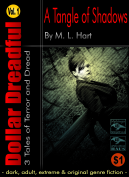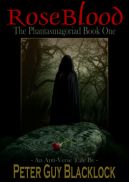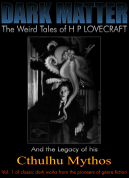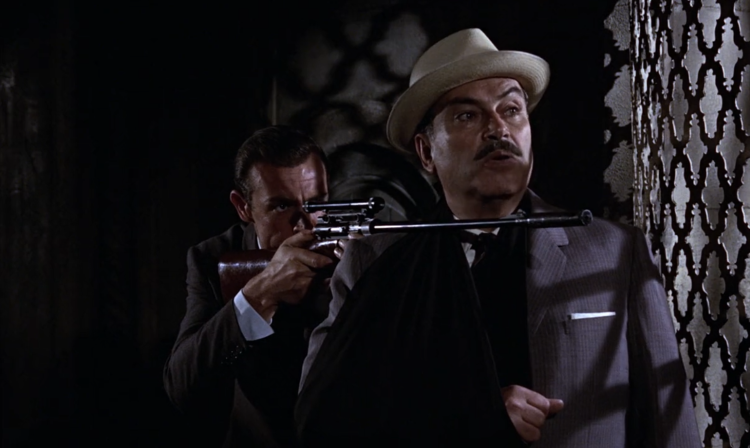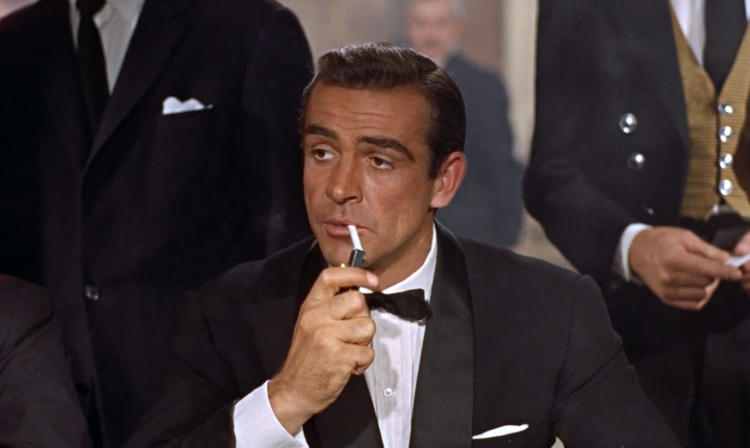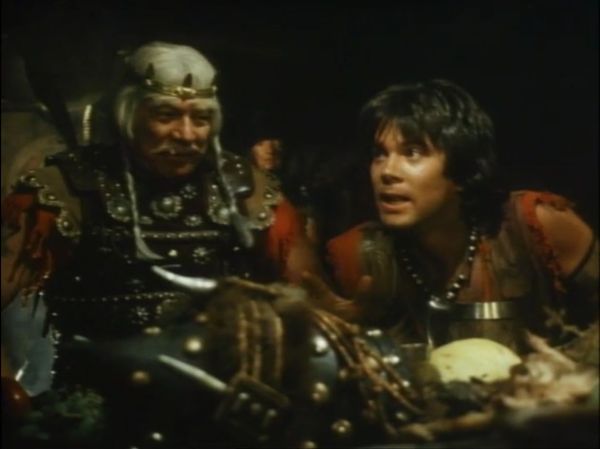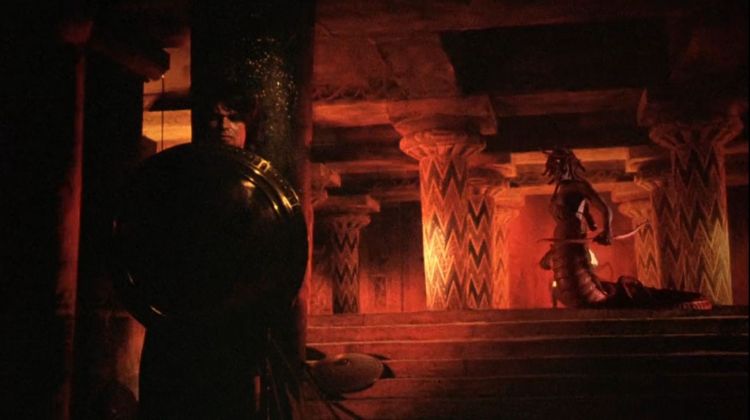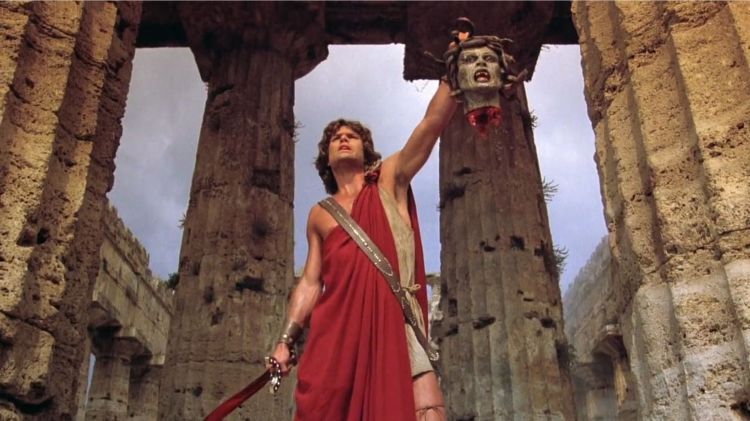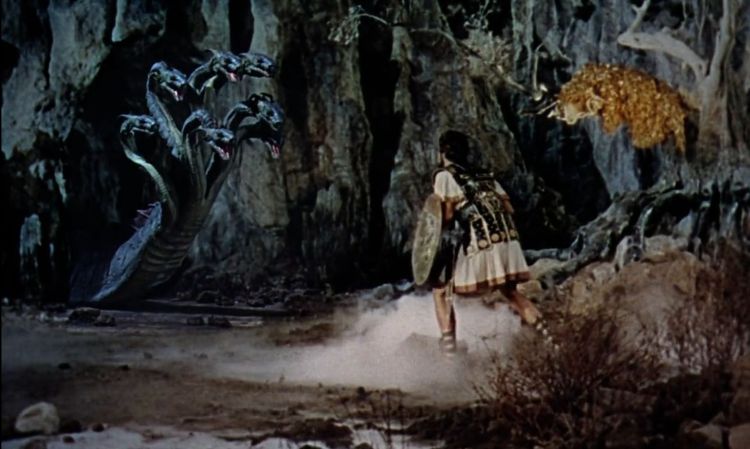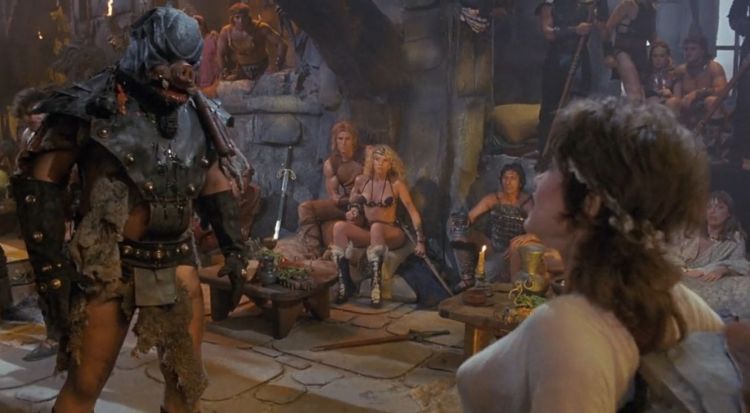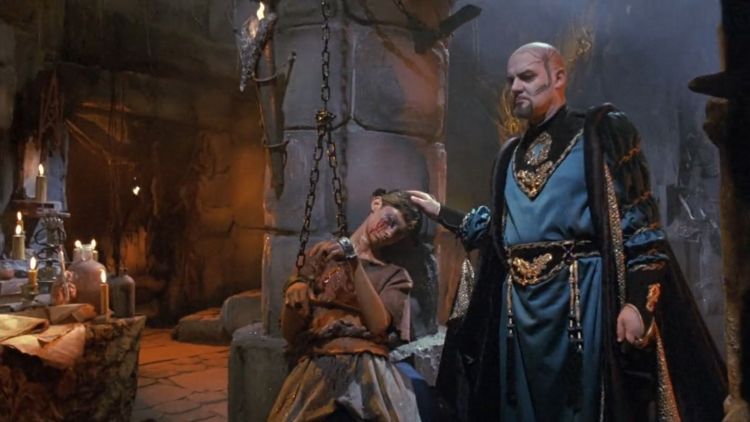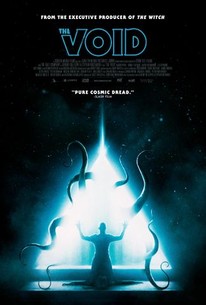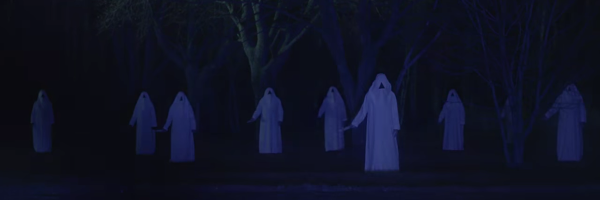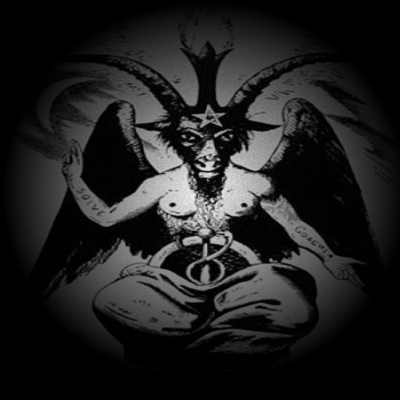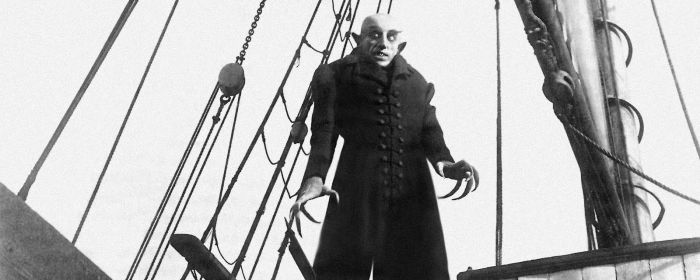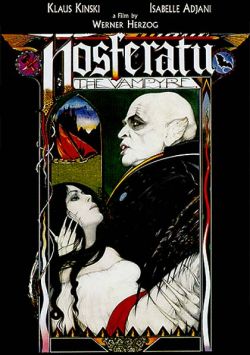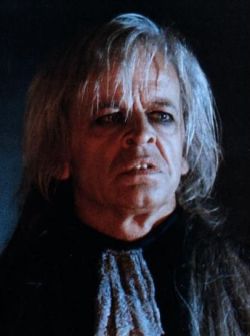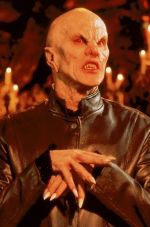 A Harbinger451 James Bond 007 Spy Movie Review:
A Harbinger451 James Bond 007 Spy Movie Review:
From Russia with Love (UK/USA, 1963)
Tagline: The world’s masters of murder pull out all the stops to destroy Agent 007!
Content Rating: PG (originally A/12) – for mild sex and nudity, moderate violence, some smoking and alcohol use, some very mild profanity (hell x 2), and some intense and possibly disturbing scenes.
Director: Terence Young
Production Co: Eon Productions, distributed by United Artists.
Runtime: 1hr 55min.
In celebration of 60 years of James Bond in film, I decided to rewatch them all in order and review each of them. I’ll be including all 25 of the official Eon Productions Bond movies, 1962-2021, with the addition of one unofficial entry, Warner Brothers’ Never Say Never Again from 1983. Here I’ll be looking at From Russia with Love (1963). The second Eon Productions Bond movie, the second to be directed by Terence Young, and the second to star Sean Connery as James Bond, MI6 agent 007. Bernard Lee returns as M, the head of the British Secret Service MI6, Lois Maxwell returns as Miss Moneypenny, the secretary to M, and Eunice Gayson returns as Sylvia Trench, Bond’s semi-regular girlfriend. Desmond Llewelyn makes his first appearance as Major Boothroyd, the head of MI6’s Q-Branch (MI6’s Quartermaster’s Section), replacing Peter Burton. Llewwlyn would go on to play the role, later to be given the moniker of Q, in 16 further Bond movies.
This was the first film in the long running franchise to feature a pre-title sequence (PTS), something that would become one of the franchise’s essential elements. Unfortunately the PTS of this movie is a bit of a lame duck. Bond is apparently being stalked by an assassin through a maze-like ornamental garden at night, and indeed Bond is killed by said assassin. Only it isn’t Bond, it’s a SPECTRE agent disguised as Bond and the assassin is another SPECTRE agent, Donald “Red” Grant (Robert Shaw). The whole thing is an exercise putting Red through his paces. SPECTRE have decided that Bond must die, you see, after 007 killed their operative Dr. No in the first film, and Red is the man to do it.
Dr. No (1962) had been such a success that United Artists doubled the budget for this, the second Bond movie, to $2 million. A good move, for it proved a massive success both critically and commercially, earning $78 million in box-office returns, thereby making it a blockbuster of 1960s cinema. UA also approved a $100,000 bonus for Sean Connery on top of his $54,000 salary. Connery was outfitted for this movie with eight specially tailored Saville Row suits, each one costing approximately $2,000.
Ian Fleming‘s 1957 novel From Russia, with Love was known to be one of President John F. Kennedy‘s favourite books, it was among his top ten, so after the US President had requested a private showing of the previous Bond at the White House, the producers decided to follow it up with an adaptation of that novel (though they dropped the comma from the title). Kennedy had a private showing of this film at the White House too, on the 20th of November 1963, it was the last such private showing before he was assassinated in Dallas only two days later.
From Russia with Love is a very loose adaptation of the Fleming novel, however, with perhaps the biggest change being the insertion of SPECTRE in to the plot as the principle antagonists, replacing the Soviet undercover agency SMERSH (SMERt’ SHpiónam, “Death to spies”) so as to avoid any potentially controversial political overtones. In the film, SPECTRE (the SPecial Executive for Counter-intelligence, Terrorism, Revenge, and Extortion) attempt to pit the British and Russian agencies against each other by tricking Bond in to helping a duped Soviet Consulate clerk, Tatiana Romanova (Daniela Bianchi, dubbed by an uncredited Barbara Jefford), defect with a Lektor cryptography device from the Soviet consulate in Istanbul. SPECTRE then plans to kill Bond and take the Lektor device for themselves… oh, okay – good luck with that, SPECTRE.
After only being mentioned in passing in the first Bond movie, this film provides us with more than just a glance at the clandestine organisation called SPECTRE. We meet Ernst (Stavro) Blofeld its leader, or SPECTRE No. 1, for the first time … at least, we meet his hands and his pet cat, but not much else, and he’s only named in the credits. Blofeld is played by Anthony Dawson (credited as ?), who played Professor Dent in Dr. No, though he’s dubbed here by an equally uncredited Eric Pohlmann. We see a lot more of some of his underlings however. We have Kronsteen (Vladek Sheybal), a Czechoslovak chess grandmaster and SPECTRE No.5; he comes up with the plan to entrap Bond and acquire the Lektor device. We have Rosa Klebb (Lotte Lenya), a SMERSH colonel who’s actually SPECTRE No. 3; she deceives and grooms the unsuspecting Tatiana, oversees the mission, and selects Red to carry out the assassination of Bond. We also get a glimpse of SPECTRE island, where their agents undergo some very thorough training by the head henchman Morzeny (Walter Gotell).
In London, MI6 receives notice that Tatiana Romanova wishes to defect over to the British and will bring the Soviet decoding device with her if MI6 agent James Bond comes and gets her and it out of the Russian Consulate in Istanbul, Turkey. M suspects a trap, but believing that forewarned is forearmed he agrees that Bond should go and get the girl and the gadget. Speaking of gadgets, this movie starts the franchise’s obsession with issuing Bond apparently random and often excessively outré gadgets that end up coming in very useful during his various missions. Here, Q gives Bond a special 00 attaché case, booby-trapped with a tear gas bomb primed to explode if opened incorrectly, probably one of the more realistic and broadly useful gadgets that Bond would ever receive. It contains a folding AR-7 sniper rifle with twenty rounds of ammunition, a throwing knife, and 50 gold sovereigns hidden within it. You just know from the off that Bond will use each and every item to great benefit before the end credits roll.
Agent 007 immediately sets off for Turkey, where he meets Ali Kerim Bey (Pedro Armendáriz), head of the MI6 Station in Istanbul and an important ally as well as an amiable friend for Bond while he attempts to accomplish his difficult task. Armendáriz was diagnosed with inoperable cancer during filming in Istanbul, so the production was moved to Britain, and his scenes were brought forward. Though in pain, he continued working as long as he could. When no longer able to work, he returned home to Mexico and tragically committed suicide. Any remaining shots were filmed with a stunt double and Terence Young himself as stand-ins.
Bond‘s arrival does not go unnoticed by the Russian agents operating in the Turkish city, including Commissar Benz (Peter Bayliss) and his top assassin in the Balkans, the Bulgarian Krilencu (Fred Haggerty). They shadow the MI6 agent doggedly and are determined to thwart the spy’s plans, whatever they may be. SPECTRE agent Red Grant is also there, watching Bond’s every move, he is even willing to intercede anonymously against the Soviets on 007‘s behalf… at least, he is until Bond successfully gets possession of the decoding device, then of course Red intends to fulfil his mission and take care of Bond himself.
With the help of Tatiana, Bond and Kerim come up with a daring plan to steal the Lektor device from inside the Russian Consulate and than smuggle it to the West on board the Orient Express. But first, we are treated to a short stay in a Gypsy camp as Bond and Karim try to keep a low profile before they carry out the mission. There’s a fight between two Gypsy women (Aliza Gur in the red and Martine Beswick in the green), some rampant male chauvinism, and a rather splendid gun battle between the Gypsies, with Bond and Kerim, and a load of tooled up Russian agents.
The theft of the Lektor is quite the sequence as Bond infiltrates the Soviet Consulate and then spirits the device away with Tatiana through tunnels and vast underground rat-infested water cisterns beneath the diplomatic quarter and then they flee to board the Orient Express train pursued by Russian agents and, of course, with Red shadowing their every move.
The SPECTRE operative manages to successfully intercept a British agent, Captain Nash (William Hill), who was due to meet 007 at one of the train’s many stops down the line, and then assumes his identity to get close to Bond, Tatiana and the much sort after device. Inevitably, after a tense stand-off which culminates with Bond tricking Red into setting off the booby-trapped attaché case on the promise of gold-sovereigns, the two come to blows… and their fist-fight is a doozie, setting off the franchise’s some-time tradition for train-bound fight scenes, with gritty, brutal and surprisingly visceral style. Director Terence Young had been a boxer in Cambridge and he choreographed the fight along with stunt coordinator Peter Perkins.
The British agent and the Russian defector leave the train in Istria, Yugoslavia, to use Red‘s intended escape route, commandeering a SPECTRE truck that was waiting for him. They are pursued first by helicopter while in the truck, and then by boats when they switch to a boat of their own to try and get to Venice in Italy and apparent safety. Not in the original novel, these two chase scenes were added to provide an action climax for the movie. The former was inspired by the famous crop-dusting scene in Hitchcock’s North by Northwest (1959) and the latter by The Red Beret (1953), a previous collaboration between this director and the producers.
This movie is the first Bond film to feature a theme song, something that would be a hallmark of all future Bonds. The song From Russia with Love was composed by Lionel Bart and sung by Matt Monro, and although it doesn’t play over the titles, it appears as source music played on a radio during the movie, and then more properly over the end credits. The title sequence, designed by Robert Brownjohn and in which the titles and principle credits are projected on female dancers (starting the tradition of scantily clad women in the Bond films’ title sequences), featured an instrumental version of the song. John Barry was the primary soundtrack composer (he composed and performed in twelve of the first fifteen James Bond films), and this movie was the first to feature his 007 percussive theme, action adventure music that came to be considered a secondary Bond theme and that is used here during the Gypsy camp gun-battle and the theft of the Lektor sequences.

This is a great Bond movie that has a comparatively down-to-earth and believable espionage style plot. It is easily the best of the 60s efforts, and though the pace sometimes lags, it is full of incident and has plenty of action. The characters are good; Bond, Tatiana, Karim, Red and Klebb are all particularly strong and the performances more than sound. There’s actual chemistry between Bond and Tatiana, and also with Karim. The interactions between 007 and the main SPECTRE antagonists often broil with malice and menace… and I love those poisonous switch-blade shoes.
The excellent cinematography highlights some fine locations including Istanbul, Venice, and Switzerland; though, to qualify for British Film funding, at least 70% of the movie had to be filmed in Great Britain. Many of the interior scenes and action sequences were shot at Pinewood Studios, in Buckinghamshire and in Argyll, Scotland.
I had a hard time finding anything particularly wrong with From Russia With Love, but if I must, here goes. As mentioned earlier, I wasn’t too fussed with the pre-title sequence and its fake-out death of Bond. I also thought the two chase set pieces towards the end, with the helicopter and the boats, were a little lacklustre, though I freely admit that this is probably only in comparison to the more modern movies where everything is thrown at the increasingly spectacular chase and action sequences. I was a little perturbed by the number of back-projection shots in this, with the principles resolutely studio bound when they should be out on location, but that is a malady that inflicts most movies from this period and, if truth be told, they are mostly kept to the bare minimum here.

Ian Fleming considered From Russia, with Love his best Bond novel, and he visited the location shooting for this film in Istanbul, supervising production and touring the city with the producers. It is rumoured that the writer even appears in the finished movie, according to some he can be seen standing next to the Orient Express in one of the train station scenes, though I couldn’t spot him. From Russia With Love was the final Bond film Fleming viewed before he died. The author was initially not thrilled with the casting of Connery as his most famous character, James Bond, but after viewing this movie he changed his mind regarding the actor. Fleming would, in fact, add a Scottish ancestry to Bond’s character in later novels in recognition of the actor’s portrayal.
The film’s cinematographer Ted Moore won the BAFTA award for Best British Cinematography and the British Society of Cinematographers award for Best Cinematography in 1963. The movie was nominated in two categories of the Laurel Awards of 1965; Best Action Drama and Best Supporting Performance (Lotte Lenya). The theme song was nominated for Best Original Song in the 1965 Golden Globes.
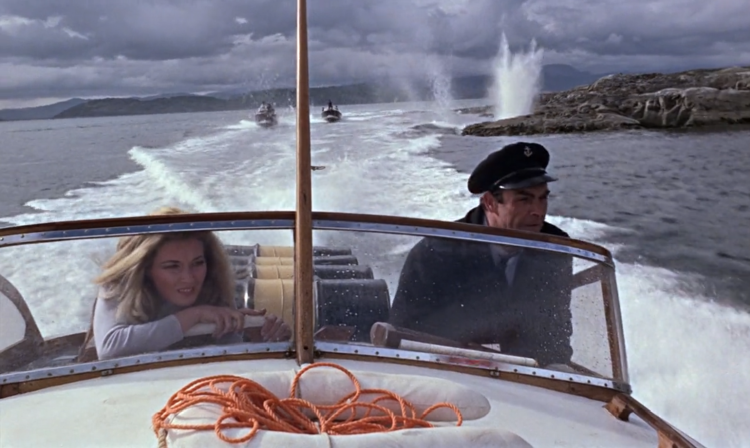
Many critics list this among the best Bond movies ever made. Bond actors Sean Connery, Timothy Dalton and Daniel Craig, and current Bond producers Michael G. Wilson and Barbara Broccoli, all consider this their favourite Bond film. The long term initial Bond producer Albert Broccoli listed it in his top three favourites along with Goldfinger (1964) and The Spy Who Loved Me (1977). Total Film magazine named it the ninth-greatest British film of all time in 2004, the only James Bond film to appear on the list. In 2006 IGN listed it as the second-best Bond film ever, behind only Goldfinger, while Entertainment Weekly put the film at ninth. In Time Out magazine’s 2014 list of 101 best action movies, From Russia with Love was voted number 69 by the panel of film critics, directors, stunt performers and actors… the only other Bond to feature was Thunderball (1965) at number 79.
A video game adaptation of this movie was made in 2005 by Electronic Arts. It follows the storyline of the book and film, though numerous new scenes were added to make it more action-oriented and the criminal organisation SPECTRE was changed to OCTOPUS because of a legal dispute over the rights to use that name. Sean Connery, then in his seventies, recorded Bond‘s dialogue for the game, marking a return to the role 22 years after he last played it in the unofficial Bond film Never Say Never Again (1983).

TL;DR:
This second Bond is the best of the 60s movies. Easily belongs in the Top 5 Bonds of all time.
Technical Rating: 9/10
Rating = 9.5/10
From a Basic score of 8.5 [Plot = 1; Characters = 1; Dialogue = 1; Acting = 1; Costumes & Styling = 1; Props & Sets = 1; Locations = 1; Cinematography = 1; Visual & Sound Effects = 0.5; Musical Score = 1]
Plus a Genre Bonus of 1.5 for the 00 attaché case from Q; for some relatively realistic spy-craft and intrigue; and for a top-notch fist fight between Bond and Red on the train.
Minus a Quality Penalty of 2 for the naff pre-title sequence with the Bond stand in [clearly Connery to begin with, but once he’s dead it’s just some rando wearing a really unconvincing Connery mask]; for a pace that sometimes lags; for a rather disappointing Blofeld (none) reveal; and for a couple of fairly lame and dated action set pieces towards the end [i.e. the one with the helicopter and the one with the boats… though I admit, that’s probably nitpicking].

Harbinger451‘s James Bond 007 Spy Movie Reviews will return with … Goldfinger (1964).
Check out Harbinger451’s previous Bond Movie Review, Dr. No (1962), HERE.
Check out the technicalities of my Movie Rating System HERE.
The Horror of it All… enter HERE all those who delight in horror, death, the macabre, the occult, black humor, weird tales, dark fantasy – and all such nefarious pleasures.
Subscribe to this blog to keep updated on all my articles, stories, reviews and publications – or follow me on Twitter HERE.
Copyright © 2022 Harbinger451 – All Rights Reserved
– Advertisement –














